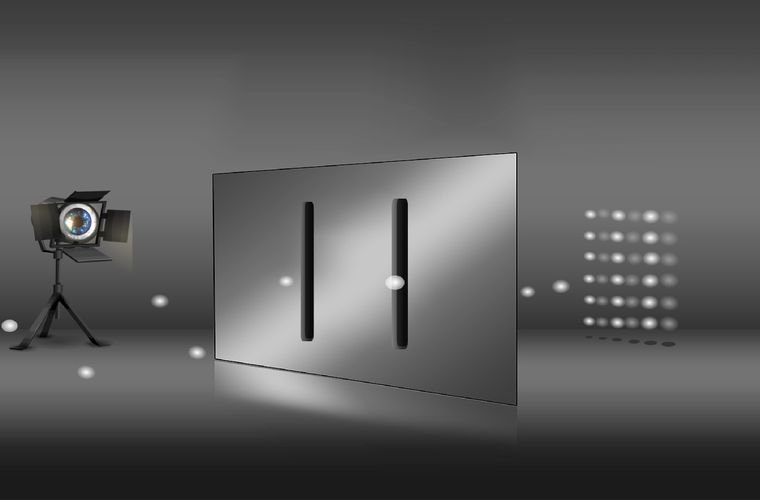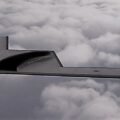The famous double-slit experiment–a now classic showcase of how both light and matter are able to behave as both waves, and particles in their “classical” physical definition–seems almost like magic to many of us.
Because of this unusual function of our physical universe, the double-slit experiment has intrigued physicists for decades, as it suggests the possibility of multiple universes or weird quantum events. However, only recently have researchers at the Vienna University of Technology (TU Wien) found a way to fully validate this experiment, using a particular measurement method on the particle.
Background: What is the Double-Slit Experiment?
This experiment was first performed by British Mathematician Thomas Young in 1802. The experiment works by having a beam of election shoot at a screen with two vertical slits in it. The beam should go through either one slit or the other, creating a specific pattern on the wall behind them. However, in all cases of the experiment being run, the electrons go through both slits at the same time, using a property called quantum superposition. Superposition allows for an electron’s quantum state to be in two places at once, adding up to one coherent state. As a researcher from Tu Wien, Stephan Sponar explained: “In the classical double-slit experiment, an interference pattern is created behind the double slit. The particles move like a wave through both openings at the same time, and the two partial waves then interfere with each other. In some places, they reinforce each other, in other places they cancel each other out.”
When trying to measure where a particle may be after going through the double-slit becomes a game of statistics. These statistics depend on the interference pattern of the particle, where places are amplified or canceled out by each other. This makes validating the experiment very limited. “Of course, this is not entirely satisfactory,” stated researcher Holger Hofmann from Hiroshima University, who helped develop the theory behind the experiment. “We have therefore considered how the phenomenon of two-way inference can be proven based on the detection of a single particle.” Two-way interference is the interference that happens between two separate particle waves.
Analysis: Separating Waves
To look at two-way interferences the researchers set up a new measurement method. In this method, a neutron’s quantum wave was split into two waves, using a crystal. The two waves moved along individual paths where they then recombined and interfered with each other. The researchers measured this interference. They also “tagged” a specific wave by manipulating the angle of the particle, so they could track which wave went in which direction. From trial and error, the researchers found which angles were needed to replicate the results of the double-slit experiment.
Outlook: One Step Closer to Solving the Double Slit Experiment
“Our measurement results support the classical-quantum theory,” explained Sponar. “The novelty is that one does not have to resort to unsatisfactory statistical arguments. When measuring a single particle, our experiment shows that it must have taken two paths at the same time, and quantifies the respective proportions unambiguously.” This study offers more information about the process behind the famous experiment and allows for further research to help advance the field of quantum physics.
Kenna Castleberry is a staff writer at the Debrief and the Science Communicator at JILA (a partnership between the University of Colorado Boulder and NIST). She focuses on deep tech, the metaverse, and quantum technology. You can find more of her work at her website: https://kennacastleberry.com/

